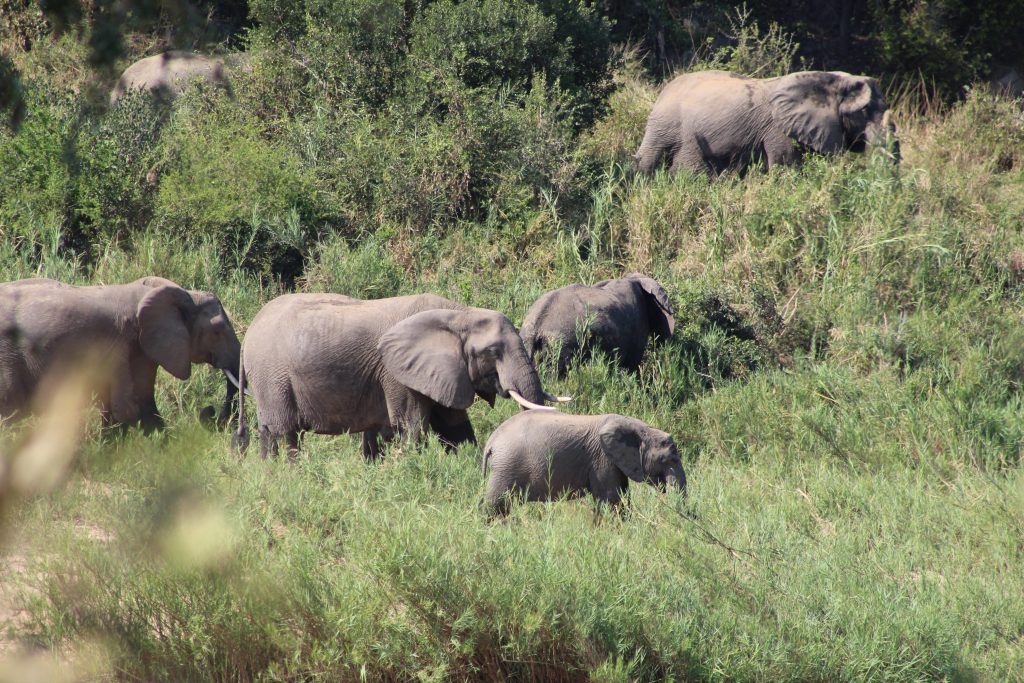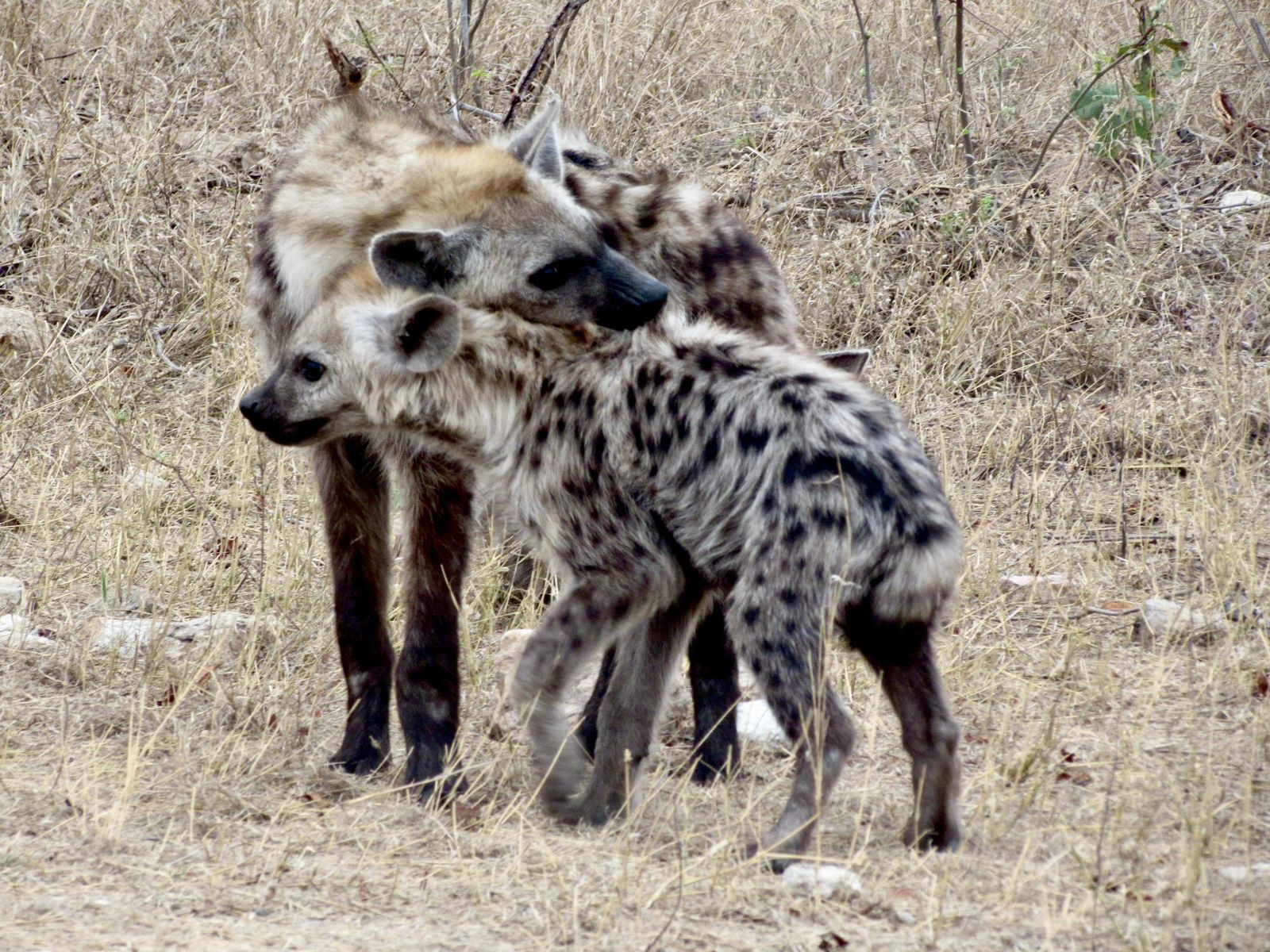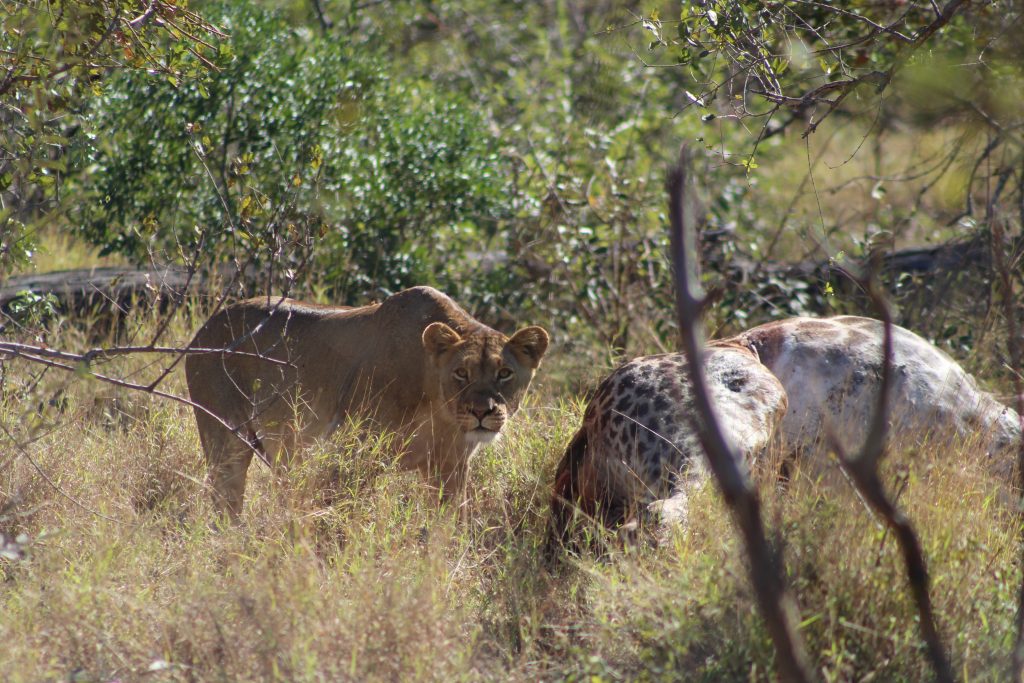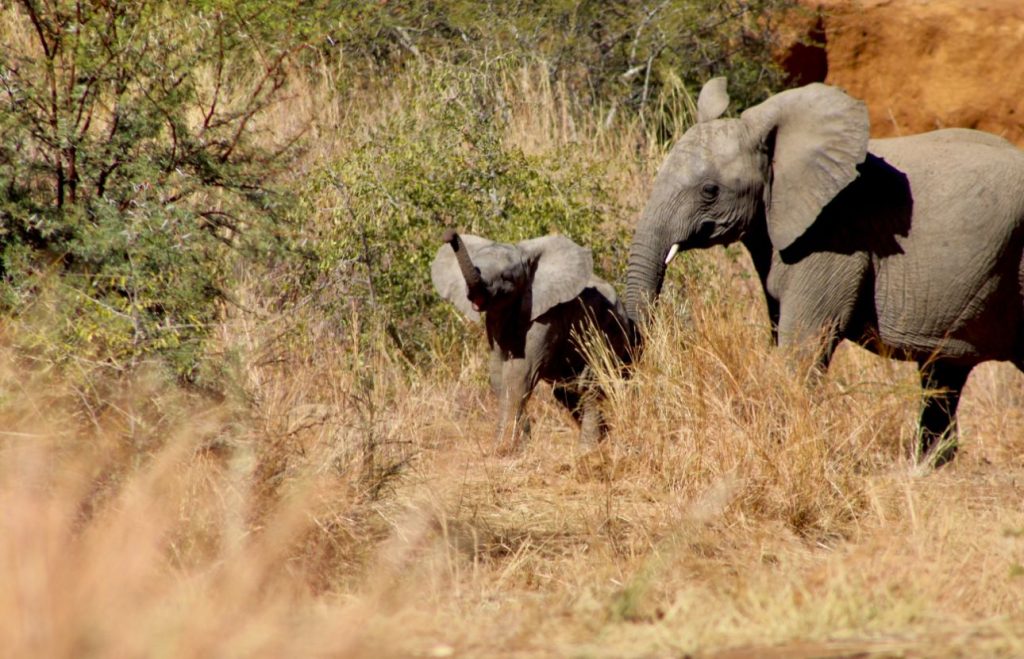Blog Posts
Matriarchs of the Wild
Written by: Mia Hordyk
Join us as we discover the important role female leaders play in the wild and how African Wildlife Vets works to protect these powerful matriarchs.
We couldn’t let women’s month go by without acknowledging the female leaders of the animal kingdom and the vital role they play in ensuring the well-being and survival of their species. While we often think of leadership as a uniquely human trait, it is, in fact, a fundamental aspect of life in the wild. Just as we look to others to lead us in various aspects of our lives, many animals follow complex social hierarchies where female leadership plays an important role. These matriarchs provide guidance and support, maintain social order, nurture their young, and ensure the overall well-being of the group. While there are many animal species that live in matriarchal social systems – including lemurs, orcas and bonobos – we are going to focus on the three that we come across most frequently in the African bush: elephants, hyenas and lions.

Photograph by Meagan de Lange
Elephants
The matriarchal elephant is perhaps one of the most prominent examples of female leadership in the wild. Elephants live in a close family group that can range from anywhere between 2 to more than 20 individuals. It is usually the oldest and biggest female in the herd who is considered the matriarch (although some families are led by younger females), and it is she who keeps the herd together and ensures its survival.
In addition to age and wisdom, it appears that personality also plays a prominent role in being a successful leader. Researchers from the University of Stirling in Scotland suggest that certain character traits – confidence, fearfulness, opportunism and aggression – may have some part to play in effective leadership.
While research on the correlation between personality and leadership is still in its infancy, what is clear is that herds led by older matriarchs have a significant survival advantage over those who are led by younger females. Research conducted in Amboseli National Park demonstrates that families led by older, bigger matriarchs – who remember the location of food and water sources – cover larger areas during droughts, while families with younger, less experienced leaders don’t move as much and consequently suffer higher mortality rates when resources are scarce. So, although some elephant families are led by younger matriarchs, it is the older, wiser female, with her sharp memory and extensive knowledge of migration routes, water and food sources, and defence strategies, who is most successful in ensuring the survival of the herd.
Sadly, ongoing threats like poaching, snaring, and habitat loss are putting Africa’s elephant matriarchs and their families at serious risk. African Wildlife Vets provides vital veterinary support to protect these magnificent creatures to ensure they continue leading their herds for generations to come.

Photograph by Kate Church
Hyenas
One of the most misunderstood animals in the wild, the spotted hyena is also one of the most interesting and complex. Hyenas are often defamed due to their association with scavenging and stealing, but this is an unfortunate misconception propagated by the depiction of hyenas as villains in Disney movies like The Lion King or nature documentaries that often show a clan of hyenas closing in on their more majestic counterparts after a kill. The truth is, hyenas are intelligent, skillful hunters, and they scavenge just as much as any other carnivore in the animal kingdom.
What is particularly interesting about hyenas, though, is that they live in highly complex, highly competitive social hierarchies dominated by females. Unlike males, females stay in the same clan for their entire lives, allowing them to form deeper, more complex relationships and to develop a better understanding of clan dynamics. Males, on the other hand, disengage from social interactions as they mature, and they often move to new clans for mating opportunities, where they become the lowest ranking member. Over the years, female hyenas have evolved to become bigger, stronger, and typically more aggressive than their male counterparts. This, together with their strong social ties, positions them above males in the clan’s social hierarchy.
Beyond their position as leaders within the clan, female hyenas are excellent mothers. They invest a great amount of care and energy into raising their cubs, and they do so completely on their own without any help from the paternal figure or closely-related females. So, for all their strength and power, female hyenas are also gentle, caring mothers who exert a considerable amount of effort to raise their cubs.

Photograph by Meagan de Lange
Lions
Ironically dubbed the “Kings of the Jungle”, lions live in prides ruled by females. These “Queens of the Jungle”, as they should be called, play a vital role in keeping the pride alive: they are hunters, providers, nurturers, protectors, and key decision-makers.
Lion prides are made up of related females, their cubs, and occasionally a male or a coalition of males, making lions the only wild big cats that are both social and cooperative. About two-thirds of female lions stay in the pride they were born into, which keeps the group stable and unified. Female lions give birth around the same time, raise their cubs communally and allow their young to suckle from any female with milk. This strong social bond among females is one of the key contributors in keeping the pride alive and thriving.
Protecting these female leaders is crucial, not only for the survival of their families but for maintaining an important balance in the environment as a whole. We’re not only saving an animal when protecting these matriarchs; we’re preserving the delicate balance of entire ecosystems.
You can make a real difference in the fight to protect the female leaders of the wild. Join us in our mission by donating or spreading awareness about the importance of conserving earth’s precious wildlife. Together, we can ensure that the matriarchs of the wild continue to thrive and lead their species for generations to come.
Sources:
“From orcas to hyenas: meet the queens of the animal kingdom.” 2022. In: The Guardian. Available at: https://www.theguardian.com/artanddesign/2022/jun/03/from-orcas-to-hyenas-meet-the-queens-of-the-animal-kingdom
Holekamp KE, Sawdy MA. 2019. The evolution of matrilineal social systems in fissiped carnivores. Available at: https://www.ncbi.nlm.nih.gov/pmc/articles/PMC6664139/#:~:text=The%20most%20elaborate%20matrilineal%20societies,of%20lions%20and%20spotted%20hyenas.
Hyenas. Kruger Wildlife Facts. Available at: https://www.krugerpark.co.za/Kruger_National_Park_Wildlife-travel/kruger-park-wildlife-hyenas.html#:~:text=Spotted%20hyenas%20have%20the%20reputation,than%20leopard%20and%20cheetah%20combined.
Lesley Evans Ogden and New Scientist. 2014. “What elephants can teach us about the importance of female leadership.” In: The Washington Post. Available at: https://www.washingtonpost.com/national/health-science/what-elephants-can-teach-us-about-the-importance-of-female-leadership/2014/01/27/32db3f5e-7eeb-11e3-95c6-0a7aa80874bc_story.html
McComb Karen, Shannon Graeme, Durant Sarah M., Sayialel Katito, Slotow Rob, Poole Joyce and Moss Cynthia. 2011. “Leadership in elephants: the adaptive value of age.” Available at: https://royalsocietypublishing.org/doi/10.1098/rspb.2011.0168
Turner, J.W., Bills, P.S. & Holekamp, K.E. 2018. “Ontogenetic change in determinants of social network position in the spotted hyena”. Behav Ecol Sociobiol 72, 10.
Stewart Wallis. 2022. “Why female spotted hyenas rule the pack.” In BBC Wildlife. Available at: https://www.discoverwildlife.com/animal-facts/mammals/why-female-spotted-hyenas-rule-the-pack

